What are the advantages and disadvantages of hammer drive anchor compared with expansion bolts
2025-07-29In the construction and engineering fields, anchoring technology is crucial for ensuring structural safety. Hammer Drive Anchors and expansion bolts are two common anchoring products.
Material and Structural Design Comparison
Hammer Drive Anchors are typically made of high-strength steel with a galvanized or stainless steel surface treatment for enhanced corrosion resistance. They consist of a hammer-type anchor body and a plastic or metal sleeve. During installation, the body is hammered into the base material, creating an expansion anchoring effect. Expansion bolts, on the other hand, typically consist of a threaded rod and an expansion sleeve. Tightening a nut causes the sleeve to expand within the hole, creating friction and anchoring force with the base material.
Hammer Drive Anchors have a simple structure and are compact, making them suitable for quick installation. Expansion bolts, on the other hand, have a more complex structure but offer greater anchoring force and greater adjustment space.
Installation Process and Efficiency
Hammer Drive Anchors utilize a hammer-type installation method, which is fast and requires no pre-tightening, making them suitable for sites requiring high efficiency. The hammering process is simple and easy for operators to master, making them particularly suitable for large-scale installations. Expansion bolts require pre-drilling, and installation requires tightening the nut with a wrench to expand the sleeve. This process is relatively tedious and takes a long time.
For projects with limited site conditions and tight timelines, Hammer Drive Anchors can significantly improve installation efficiency and reduce construction costs.
Load-bearing Performance and Safety
Expansion bolts, due to their thread locking mechanism and expansion sleeve design, generally have higher tensile and shear capacity, making them suitable for fixings that bear heavier loads. Hammer Drive Anchors have a relatively lower load capacity and are suitable for applications with light or medium loads.
After installation, expansion bolts can be tightened using torque testing to ensure a secure anchor. Hammer Drive Anchors rely more on hammer depth and installation specifications, making on-site quality control more challenging.
Applicable Substrates and Environmental Compatibility
Hammer Drive Anchors are well-suited for concrete, solid brick, and some lightweight materials, but are less effective for hollow brick or loose substrates. Expansion bolts have a wider range of applications and perform particularly well in concrete structures. In terms of environmental adaptability, expansion bolts are available in a variety of materials, including stainless steel or special alloys for corrosion-resistant environments, offering enhanced durability. Hammer Drive Anchors, due to their simple structure, have limited corrosion resistance, requiring appropriate material and protective measures based on the environment.
Durability and Maintenance
Expansion bolts, due to their material and structural design, have a long service life and can withstand repeated load fluctuations after installation. Hammer Drive Anchors have a more rigid structure and concentrated loads, which can lead to loosening or rusting over time, making maintenance more difficult.
For projects requiring long-term anchoring performance, expansion bolts are more reliable. Hammer Drive Anchors are suitable for short-term or temporary fixes and offer lower maintenance costs.
Cost Analysis
Hammer Drive Anchors offer low cost, easy installation, and labor savings, resulting in significant overall economic benefits. They are suitable for projects with limited budgets and large installation volumes. While expansion bolts have higher material and installation costs, their strong load-bearing capacity and long lifespan make them more valuable from a long-term maintenance and safety perspective.
Selecting the right anchoring product requires considering the project's actual needs and budget to avoid increasing maintenance costs later due to initial savings.
Comprehensive Application Scenarios
Hammer Drive Anchors are widely used for light equipment installation, temporary support, and decorative component attachment. They are ideal for applications requiring low load-bearing capacity and fast construction speed. Expansion bolts are often used in structural support, heavy equipment attachment, bridges, industrial facilities, and other environments requiring high-strength anchoring.
Engineers must carefully select anchoring products based on the construction environment, load requirements, material properties, and budget to ensure project safety and stability.




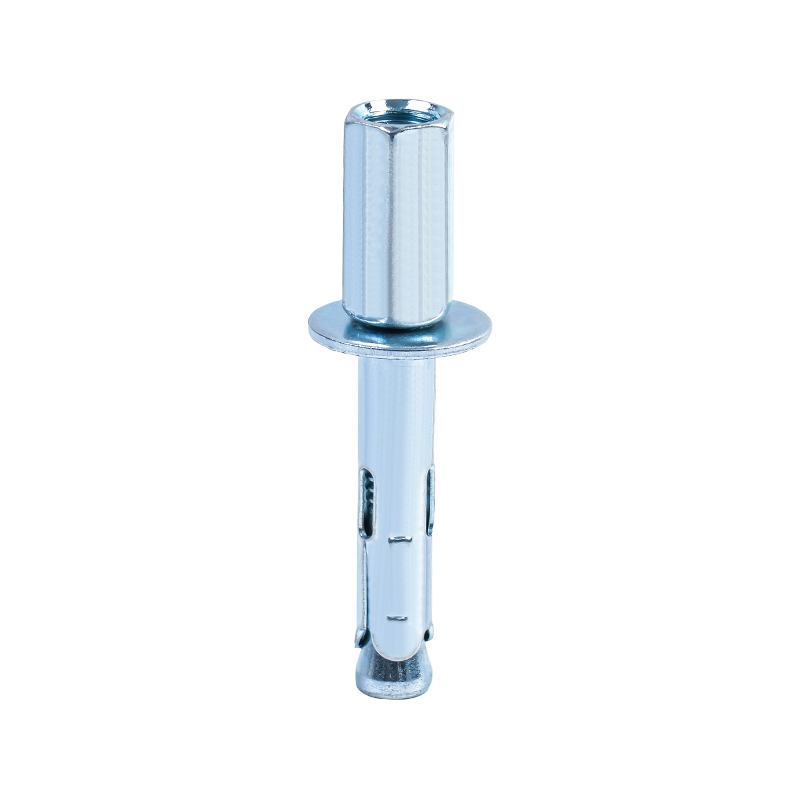
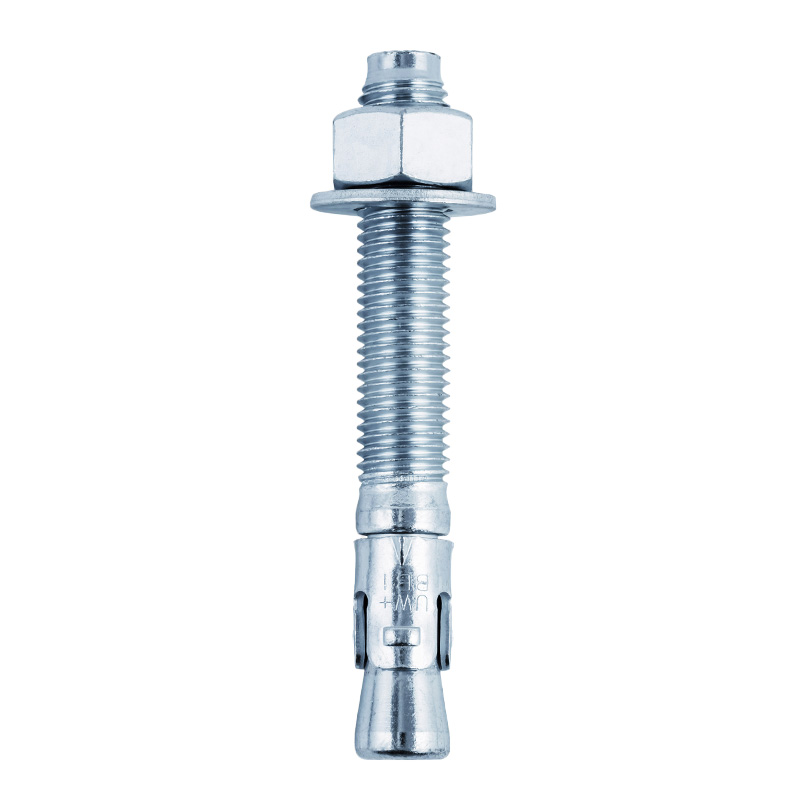
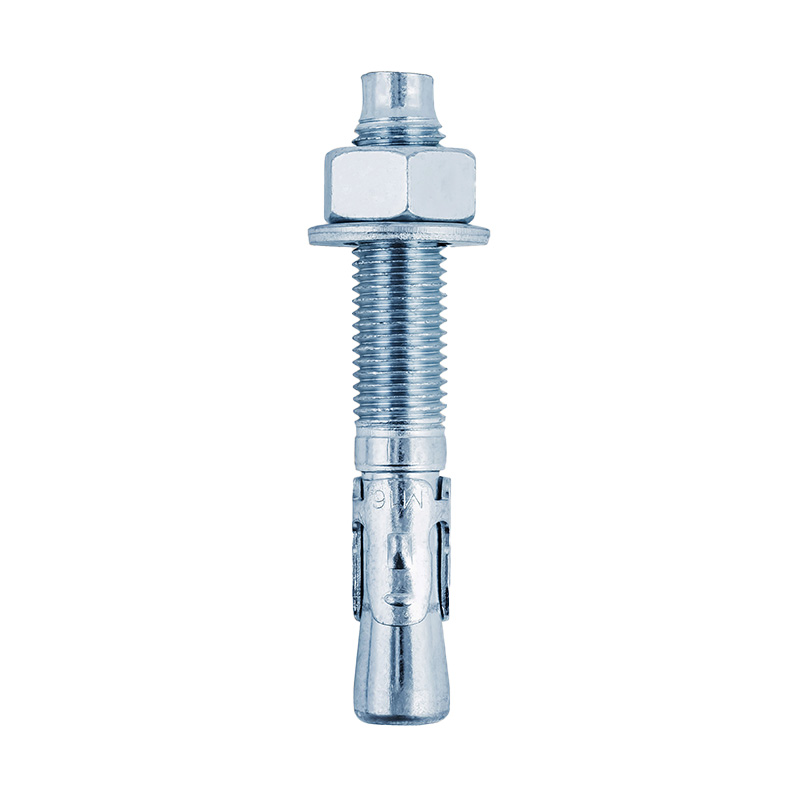
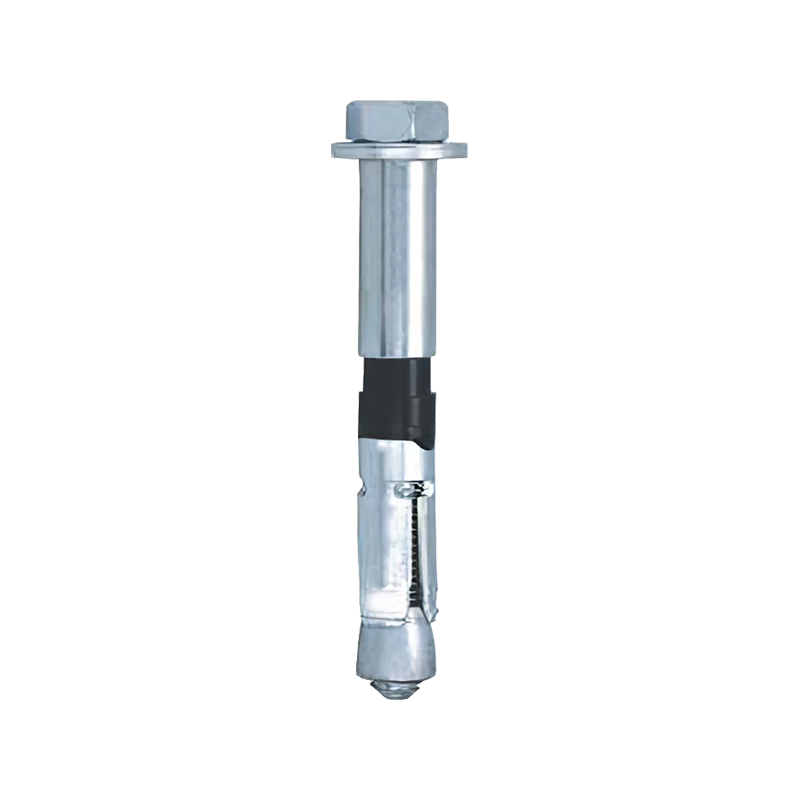
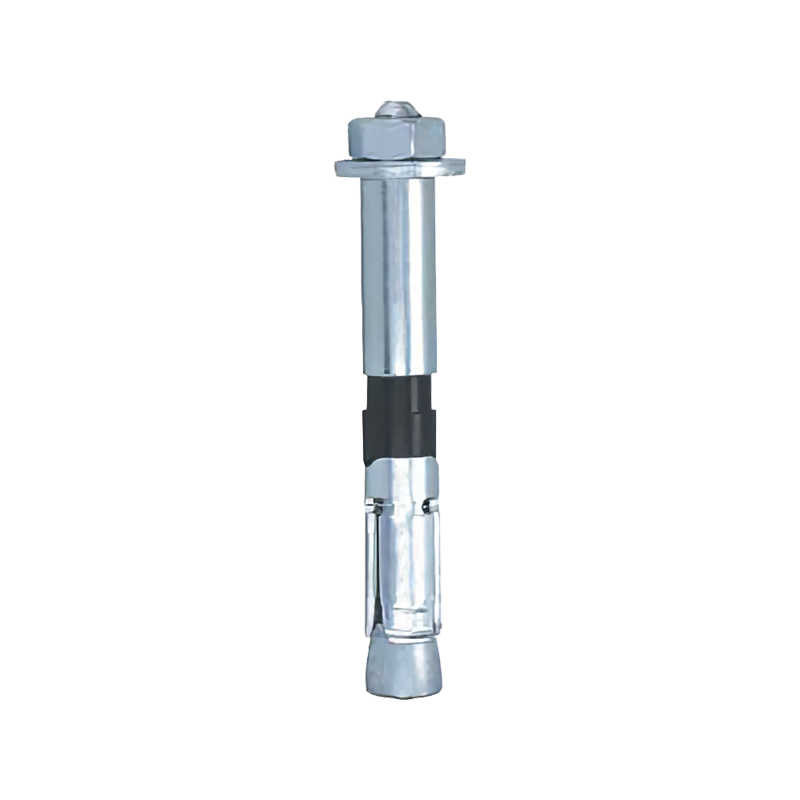
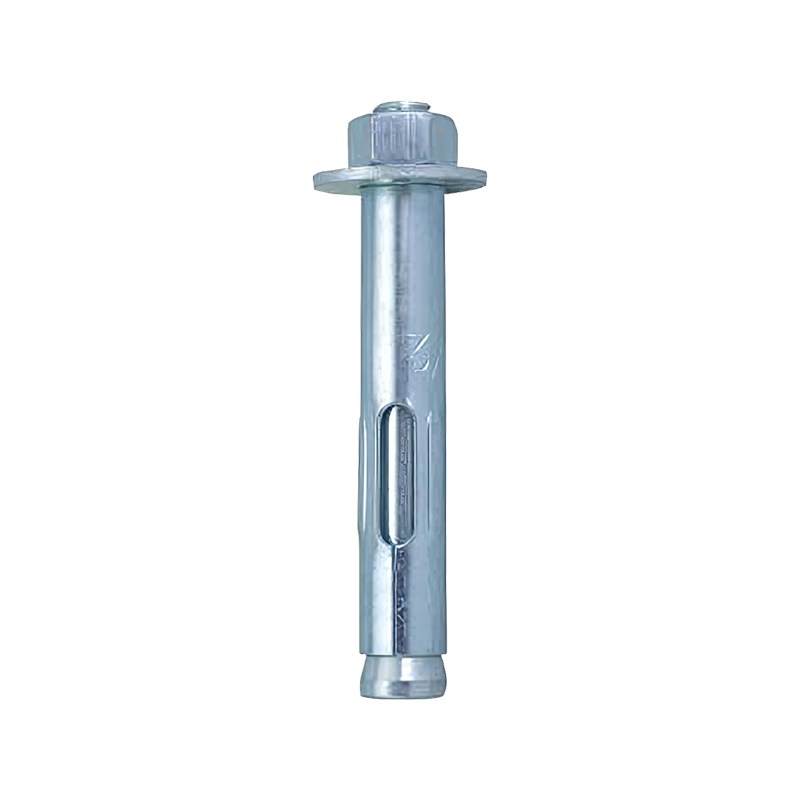


Contact Us